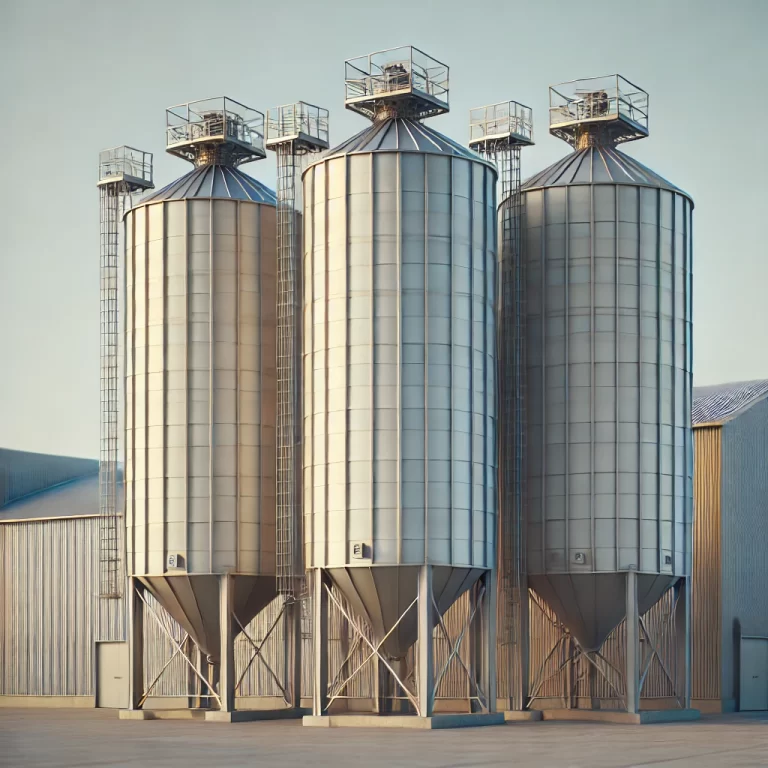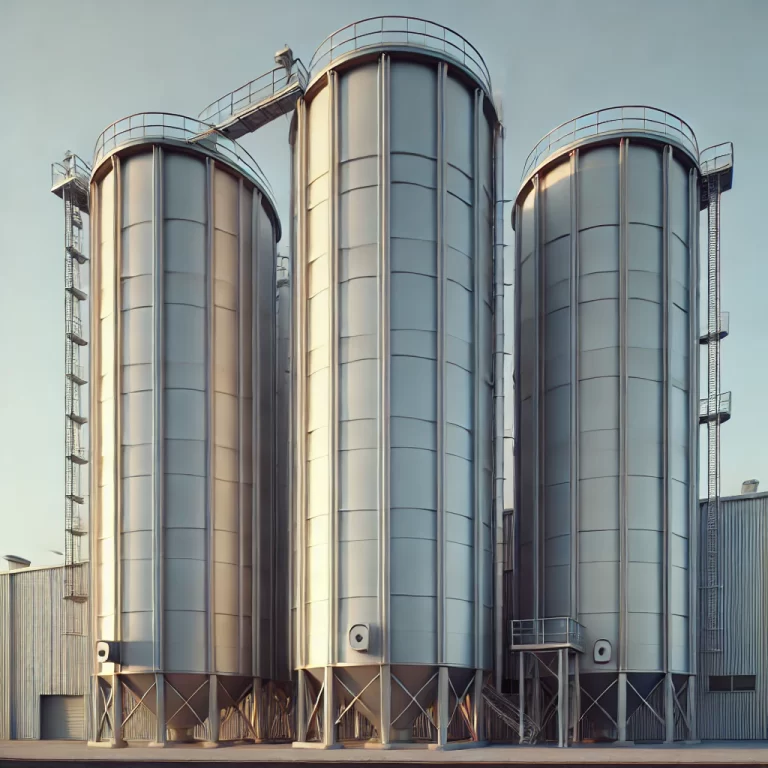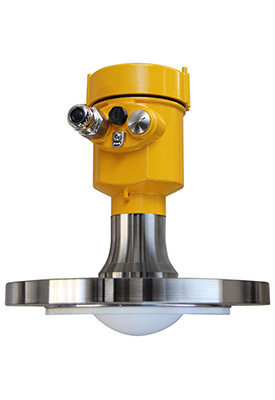In the field of grain storage and management, radar level meter, as an advanced measurement tool, is widely used in real-time monitoring of grain silos.
This article will deeply explore the role and principle of radar level meter in grain silos and its contribution to grain storage management.

As a basic material for human survival, the storage safety of grain is of vital importance. In the modern grain storage system, accurate monitoring of the quantity and quality of grain is the basis for ensuring food security.
However, the traditional manual measurement method is not only time-consuming and labor-intensive, but also has low accuracy and is difficult to meet the needs of modern grain storage.
The application of radar level meter provides an effective solution to this problem. Radar level meter uses the reflection principle of high-frequency electromagnetic waves for measurement. When the electromagnetic wave emitted by the radar encounters the surface of the material, an echo is generated.
By calculating the time difference between the emitted wave and the echo, the height information of the material can be obtained. This non-contact measurement method can not only adapt to various harsh environments, but also achieve high-precision continuous monitoring.

In grain silos, the radar level meter is usually installed at the top center of the silo, which can minimize the measurement error caused by the silo structure or uneven material stacking.
In addition, since the radar level meter uses wireless transmission technology, it will not be affected by external electromagnetic interference during data transmission, ensuring the reliability of the data. The radar level meter also has a self-calibration function, which can automatically correct errors after long-term operation to ensure long-term stable operation.
This feature is particularly important for occasions such as grain silos that require long-term monitoring. In addition to basic measurement functions, modern radar level meters also integrate a variety of intelligent functions.
For example, some high-end models can determine the humidity and density changes of materials by analyzing the intensity and shape of the echo signal, thereby providing reference data for grain quality monitoring. The addition of these functions makes the radar level meter not only a simple measurement tool, but also a multi-functional grain storage management device.

In actual use, the data of the radar level meter can be transmitted to the control center through the wireless network to achieve remote monitoring. This greatly improves the management efficiency and response speed for large grain warehouses.
At the same time, with the support of data analysis software, managers can conduct in-depth analysis of historical data, optimize storage strategies, and improve the safety and economy of grain storage.
